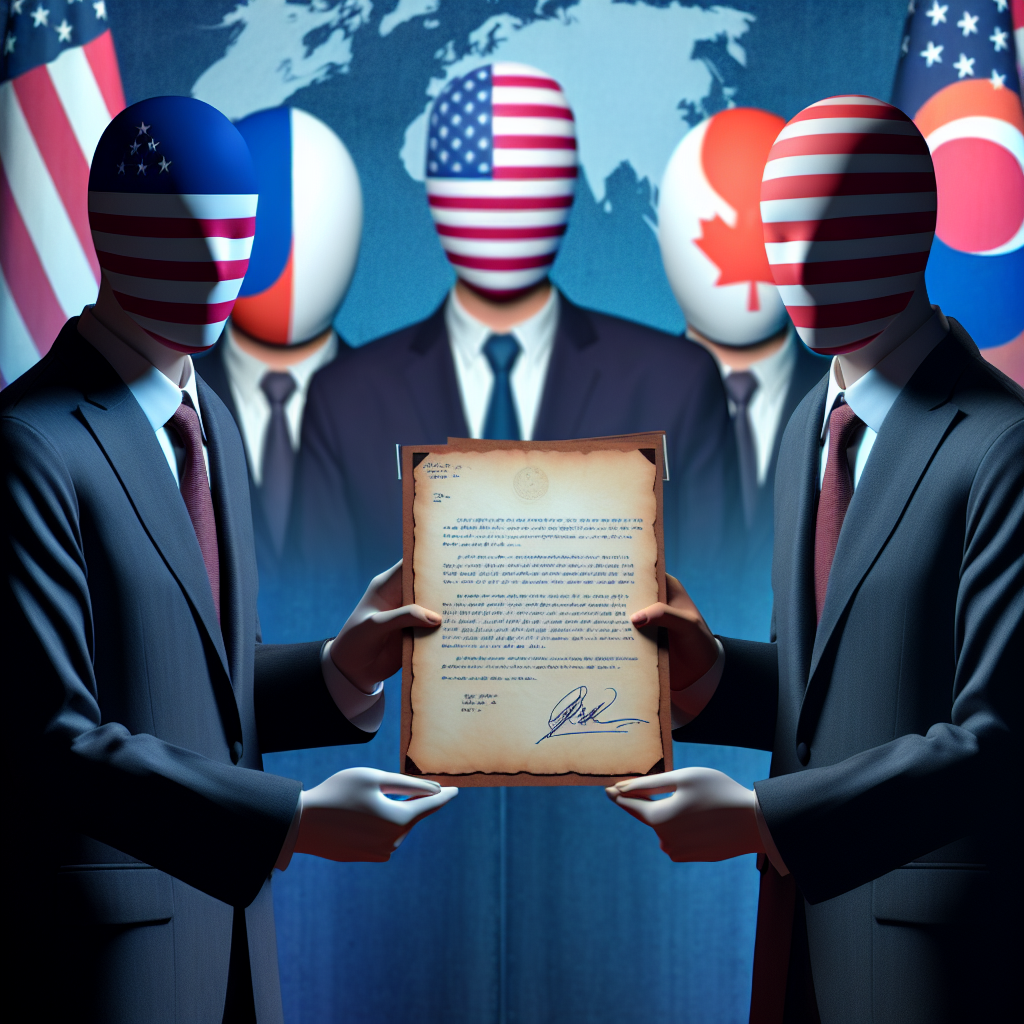Amid the escalating trade tensions between the U.S. and China, multiple Japanese government officials have revealed that Chinese Premier Li Keqiang has handed a handwritten letter to Japanese Prime Minister Shigeru Ishiba, attempting to persuade Japan to join hands with China in response to the U.S.’s high tariffs measures. However, it is widely believed that while China seems to be trying to court Japan, Japan is more inclined to coordinate its stance with ally the U.S. rather than fully leaning towards China.
According to reports from Kyodo News, multiple Japanese government officials disclosed on April 22 that regarding the U.S. government’s tariff measures, the Chinese government has sent a letter to Prime Minister Ishiba, calling for collaboration with Japan. China appears to be attempting to court Japan, and Japan will consider its relationship with China carefully.
Japanese government officials revealed that Japan received a handwritten letter from Chinese Premier Li Keqiang handed over by Chinese Ambassador to Japan, Wu Jianghao. The letter seems to emphasize the necessity of jointly combating protectionism in the face of the U.S. government’s consecutive high tariff measures.
On April 22, Tetsuo Saito, the leader of Japan’s Komeito Party, embarked on a visit to China and held talks in Beijing with the Chairman of the Chinese People’s Political Consultative Conference, Wang Huning, delivering a handwritten letter from Japanese Prime Minister Shigeru Ishiba to Wang Huning. The two also discussed the U.S. government’s tariff measures.
According to Japanese media reports, Chinese authorities are trying to build an international environment to counter the U.S.
However, it is widely believed that historical and present issues exist between Japan and China. Meanwhile, the depth of cooperation between Japan and the U.S. in security and economic fields is difficult for China to undermine. Additionally, Japan, the European Union, and other countries share common interests with the U.S. in trade rules, intellectual property protection, and geopolitics, which poses a challenge to China’s plan to construct an “anti-U.S. trade alliance.”
Currently, Japan’s chief negotiator, Ryosei Akazawa, has arrived in Washington to engage in tariff negotiations with the Trump administration. The outcome is being closely watched to see if it will provide a reference for other major economic and trade partners and potentially set the tone for future global trade negotiations.
On April 22, Japanese government officials revealed that they are discussing expanding the import of American rice as part of the Japan-U.S. tariff negotiations. Within an annual range of approximately 770,000 tons of rice with zero tariffs as the minimum access level, they plan to coordinate the establishment of quotas to increase imports from the U.S., with around 60,000 tons expected to be the general direction.
American economist Davy J. Wong recently told Epoch Times, “Trump is not establishing a long-term alliance but using time and pressure to shape a stance. The 90-day deadline is a negotiation window, choosing to stand on the U.S. side and not with China reduces the risk of retaliation. He is not seeking others to submit to the U.S. but making the other party feel that siding with China may be more detrimental.”
Furthermore, aside from courting Japan, Chinese leader Xi Jinping has recently made intensive visits to Vietnam and other ASEAN three countries in an attempt to mend relations to collectively address the pressure from Trump’s tariff war.
However, countries such as Vietnam, Indonesia, Thailand, the Philippines, and Malaysia have all expressed willingness to make adjustments, seeking negotiations and cooperation with the U.S. to achieve trade reciprocity and ultimately avoid high tariffs.
Just as Xi Jinping concluded his visit to Vietnam, Reuters cited sources saying that Vietnam is in the process of purchasing a large number of American F-16 “Falcon” fighter jets to counter threats from Beijing. This marks the largest defense deal between the two sides since the U.S. lifted the arms embargo on Vietnam in 2016.
Moreover, the Vietnamese government announced on their official website that they are cracking down on “trade fraud,” without specifying details yet. “Trade fraud” is associated with transshipment trade with China. Hanoi is also strengthening supervision over high-tech items that may involve the U.S. and China.

